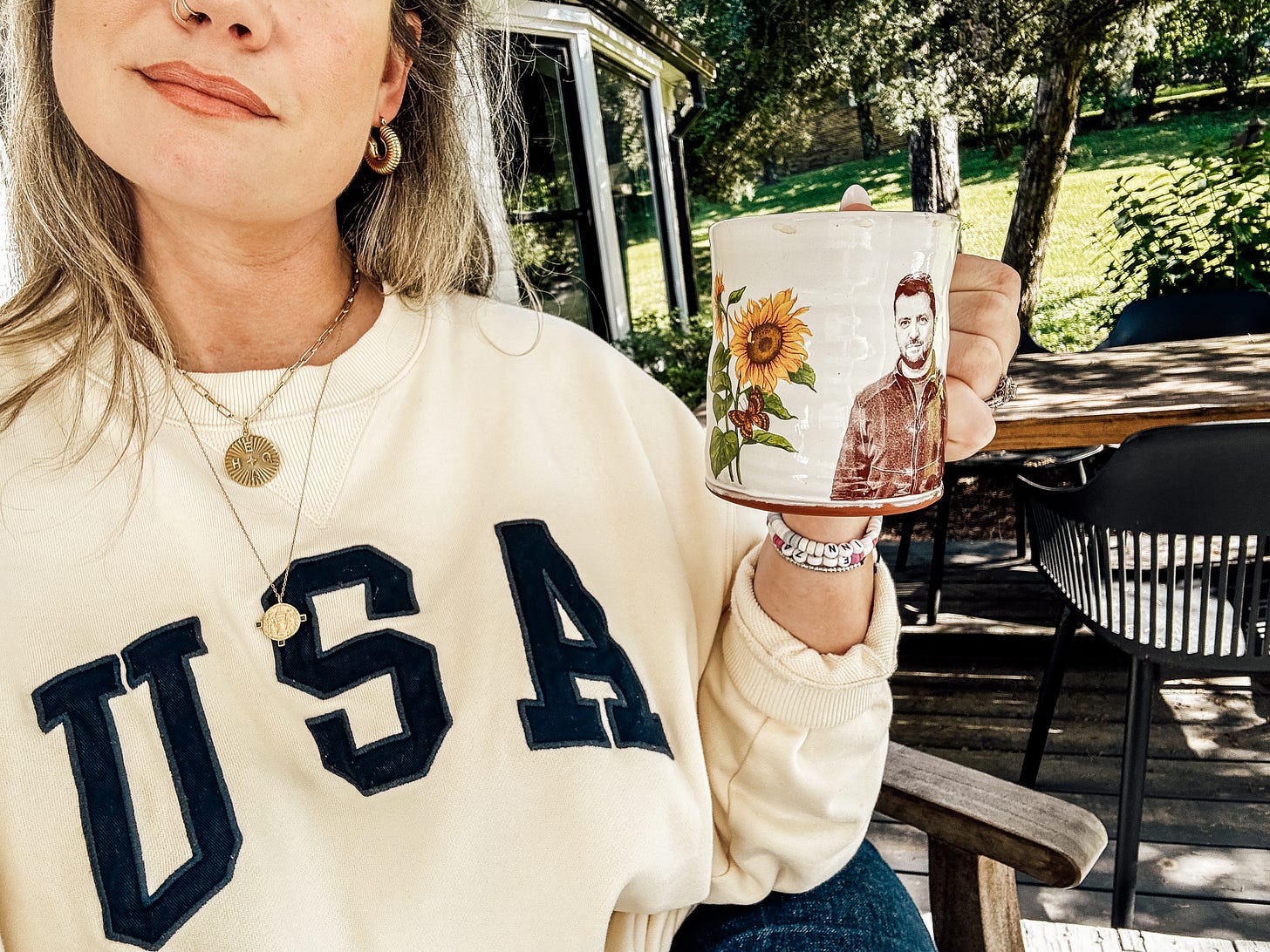I talk to so many people who feel as if the American flag has been co-opted in recent years by a small segment of political voices. These voices boast of patriotism, but it is a brand of patriotism tied to the January 6 attack on the U.S. Capitol.
Plenty of Americans who have long loved their country and held affection for national emblems now give pause to flying their country’s flag because they fear being associated with “that kind” of patriotism.
The lines between patriotism and nationalism have been so blurred, Americans are torn over how they can display their pride as citizens and their principles as humans.
For context, I found this conversation interesting:
There are images of American history that live in the forefront of our minds as citizens of a complicated country.
Colonists dumping tea into the Boston Harbor.
George Washington crossing the Delaware.
Native Americans walking the Trail of Tears.
Depression-era families ravaged by the Dust Bowl.
Robert E. Lee’s Surrender at Appomattox Court House.
Vietnam soldiers kneeling with a fallen vet’s helmet.
A flag mounted on top of rubble from the twin towers.
A former president pumping his fists in the air after an assassination attempt.
It is impossible for the honest history of our nation to offer a picture of patriotism that presents as pure. Some Americans proudly identify with conquest and imperialism, while others are still clawing their way to independence within their own nation.
The irony of patriotism is that whether we were enslavers or the enslaved, an autocrat or an auto mechanic, a soldier or a pacifist, we all have a personal relationship with the stars and stripes.

There are Significant Costs to Freedom
As someone who has worked in the anti-trafficking space for 15 years, I am no stranger to the obsession with freedom across the Global North. We often idolize the concept of freedom by willfully sacrificing our collective good in pursuit of what is best for ourselves as individuals.
As online connections allow affinity groups to develop, it makes sense that people would find meaningful places to express themselves among others who share their values and worldview.
But the United States is in a moment where citizens must make some difficult decisions. Are the things that unite us still greater than the things that divide us?
Is there enough collective patriotism remaining in the blood-soaked earth of American exceptionalism to find our way back to one another?
Can the purity of democratic idealism pull us back to the negotiating table—with each of our complex histories and patriotic principles—to form an even greater union?
I am comforted by the fact that the tension held between American voters is virtually the same tension that was held at the birth of our nation: Nation first, or Citizen first?
Ben Franklin successfully united a set of colonies against French threat in 1754 with his “Join or Die” political cartoon. It is believed this was the first time individual colonies were shown together as a collective force.
In 1775, Christopher Gadsden designed a flag with a coiled rattlesnake, representing a united set of colonies ready to strike against British rule.
Alexander Hamilton published 85 essays with James Madison and John Jay in 1788, known as The Federalist Papers.
These essays effectively persuaded New Yorkers to ratify the U.S. Constitution. At a time of incredible fear of autocracy, the purity of democratic idealism outwitted the self-preservation of individual colonists.
Out of Many, One
I love to antique as a hobby.
One of my favorite all-time finds was this needlepoint art from a small shop in rural Tennessee. It hangs proudly in my living room, a North Star for me during this season of great division amongst my neighbors.

Some who follow me online get frustrated that I am not angry enough about the current state of affairs in American politics. But I’m pretty comfortable at this point being too liberal for Republicans and too conservative for Democrats.
Perhaps this is because I retain a fierce hope in the American dream—not a dream of capitalistic wealth, but a dream of a nation where one person is fundamentally valued no less than another.
I still believe there are enough of us wearing red, white, and blue today who are committed to the same dream.
We dream of a nation where we share a complicated relationship with the history that make us patriotic, but we choose to unite under the same flag.
We dream of a nation that can be honest about its failures, but also righteous in its pursuits.
We dream of a nation where the law is far from perfect, but it is perfect enough to protect us from autocrats who wish to fracture our Union.

If I choose to boast of freedom for myself, then I must boast of freedom for my ideological enemy. Because the only way we can confidently rest in the future of American democracy is to recognize that my freedom ends at the point that it begins to encroach on the freedom of my fellow countryman.
This does not mean that we turn a blind eye to nationalistic violence. As we have noted in this newsletter before, former FBI Director Christopher Wray was convinced “homegrown violent extremists” remain the greatest terrorism threat in the United States.
The only way to extinguish the threat of these homegrown extremists, however, is to peacefully band together in defense of the many lives that have been lost in order to form a more perfect union.
Lauren Pinkston has a PhD from Clemson University and her research pairs human trafficking crises with sustainable business models. She is a specialized consultant for social enterprises, nonprofits, and anti-trafficking initiatives focusing on creative solutions to global and domestic social justice issues. She hosts the "Upwardly Dependent" podcast and writes at her on newsletter, The Mindful Middle. Find out more on her website and follow her on Instagram at @laurenmpinkston.












https://substack.com/@poetpastor/note/p-164122024?r=5gejob&utm_medium=ios&utm_source=notes-share-action